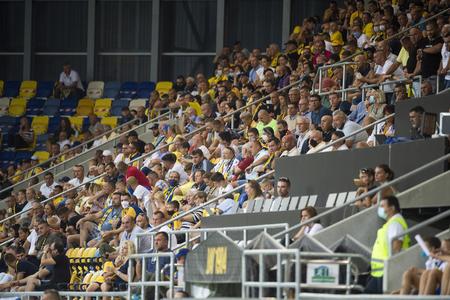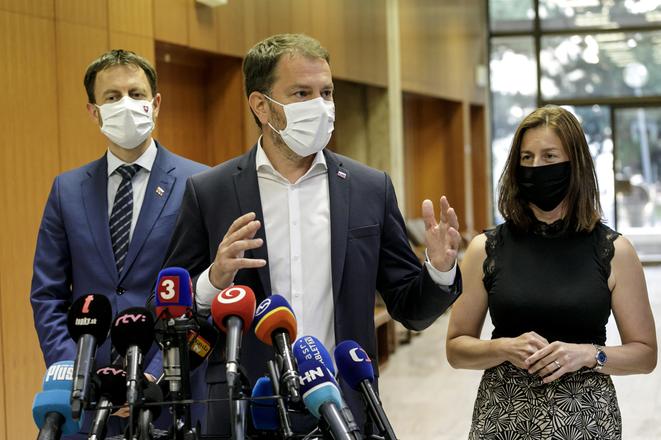Our paywall policy:
The Slovak Spectator has decided to make all the articles on the special measures, statistics and basic information about the coronavirus available to everyone. If you appreciate our work and would like to support good journalism, please buy our subscription. We believe this is an issue where accurate and fact-based information is important for people to cope.
To help cultural and sports organisations, the central crisis staff has agreed on milder restrictive measures concerning the mass events than presented by the pandemic commission.
As a result, the limits will remain at 500 participants for cultural and sports events held in interiors and 1,000 for exteriors.
“Culture and sport can continue existing,” PM Igor Matovič (OĽaNO) said at the September 14 press conference.
Limits for mass events will change only for red districts
The organisers of cultural events held in green districts will be required to observe the caps, with no restrictions to seating. If the event is held in a red district, the seating will be restricted to every second row, meaning it will be possible to fill the maximum of 50 percent of capacity (but no more than 500 participants for interiors and 1,000 for exteriors).
It will also be prohibited to offer refreshments.

The organisers of sports events held in green districts will have to ensure seating in every second row, meaning that the capacity cannot exceed 50 percent. If they are held in red districts, the seating will be limited to every fourth row, with the cap curbed to 25 percent of maximum capacity (but no more than 500 participants for interiors and 1,000 for exteriors).
There will be a ban on offering refreshments.
Although Matovič said there will be some compensations for organisers, he has not specified the sum.
The Czech Republic turns red
Responding to the worsening situation in the Czech Republic, the central crisis staff decided on putting it on the red list, State Secretary of the Foreign Affairs Ministry Martin Klus wrote on Facebook.
As a result, people coming from the country will have to show a negative COVID-19 test no older than 72 hours or fill in the eHranica form and begin isolation, also taking the test on the 5th day after returning (with the exception of people working within 30 kilometres from the border, students, teachers, researchers, medical workers, farmers, social workers, workers in critical infrastructure, some athletes and artists). This will be checked via random inspections and the tracking of mobile phones. Klus implied that the rules may come into force from September 18.

At the same time, Austria and Hungary remain on the list of low-risk countries with reservations. As they may soon become red countries, the crisis staff recommends reconsidering travel to these countries and avoid risky regions.
The regime with Ukraine will change, with details being revealed in the coming days, Klus added.
The crisis staff also decided to list Sweden, Bulgaria and Canada as safe countries.


 PM Igor Matovič (centre) presents the new measures. (source: TASR)
PM Igor Matovič (centre) presents the new measures. (source: TASR)